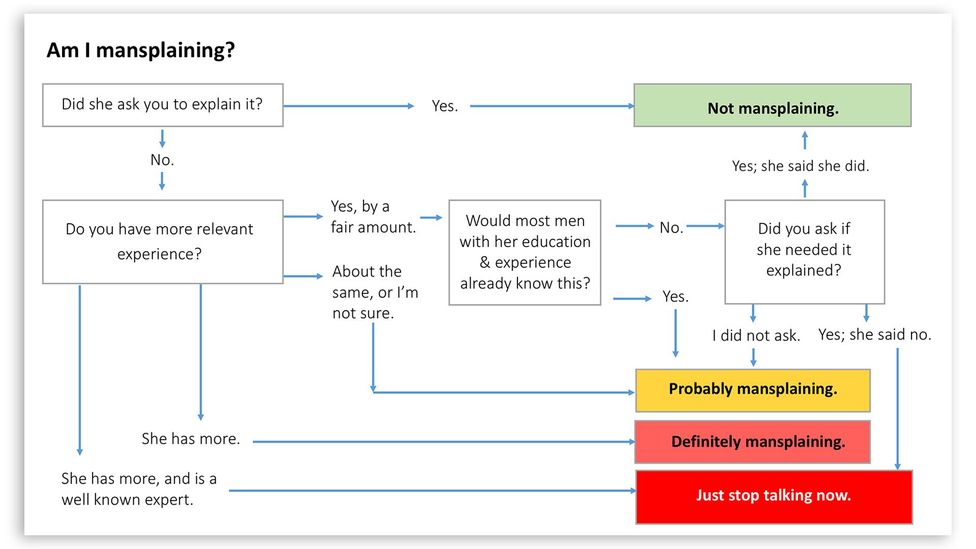For decades, enormous energy has been poured into teaching women how to “fix” themselves—confidence workshops, assertiveness training, strategies for tackling Imposter Phenomenon. The underlying message is clear: women must adapt, reshape, and repair to fit into workplaces that were never designed with them in mind.
But the real change won’t come from women endlessly adjusting. It will come from seismic shifts in workplace culture, organisational structures, and—crucially—from men taking responsibility for their behaviour.
Confidence vs. Capability
As a starting point, recruiters should turn their attention to male workplace behaviour. Confidence is not the same as competence. The abundance of mediocre men in senior roles is evidence enough of that.
Humility Training for Men
Emma Duncan, columnist at ‘The Times, suggested that men, not women, should be sent on humility training courses. She writes:
“It’s not the women who need confidence training, it’s the chaps—the 10% who take up 90% of the airtime—who need humility training. Men should be taught not to interrupt… that the sound of their voice is appealing only to them. Loudly repeating points other, quieter people have already made is not useful.”
Frankly, I think Emma is being generous. In Higher Education, the proportion of men who could benefit from such training is considerably higher than 10%.
A Tongue-in-Cheek Proposal
Inspired by Emma’s suggestion, I’ve sketched out a tongue-in-cheek Humility Training Course. Because if we’re serious about creating equitable workplaces, the focus must shift away from “fixing” women and toward dismantling the behaviours and structures that keep mediocrity in power.
The Humility Training Course
Module 1: The Art of Silence
- Content: Practice listening without interrupting
- Assessment: Sit through a 30‑minute meeting without speaking. Write a reflection on how it felt not to dominate.
Module 2: Airtime Awareness
- Content: Discover that meetings are not your personal podcast.
- Assessment: Record yourself in a meeting. Calculate airtime percentage. Submit a 500‑word essay on why monopolising conversation is not leadership
Module 3: Point Recycling Prevention
- Content: Stop loudly repeating what quieter colleagues have already said
- Assessment: Identify three times you’ve recycled someone else’s idea. Apologise publicly. Bonus marks for citing the original contributor correctly
Module 4: Voice Appeal Reality Check
- Content: Understand that the sound of your voice is not universally adored
- Assessment: Play back a recording of yourself speaking for 10 minutes. Then write a 250‑word essay titled “Why my voice is not as captivating as I thought.”
Module 5: Humility in Action
- Content: Practice credit‑sharing and asking questions instead of delivering monologues
- Assessment: In your next meeting, give credit to three colleagues. Submit evidence (signed witness statements encouraged).
Bonus Module: Advanced Ego Management
- Content: Recognise mediocrity — especially your own
- Assessment: Draft a 500‑word essay on why you are not the smartest person in the room. Include at least two examples of colleagues who are better at something than you
On completion of the course
You will review your video performance with a coach. S/he will share your assessment scores with you and develop an action plan of areas for improvement. A follow-up observation will take place a month later and the process repeated. Your scores and feedback on areas for development will then be shared with your line manager. If improvements are not made- though we are confident they will be- you will be required attend the course again.
Closing Thoughts
This course outline is tongue-in-cheek, but the point is serious. Workplaces will not become equitable by endlessly “fixing” women. They will change when men are held accountable for their behaviour, when organisations dismantle structures that reward mediocrity, and when humility—not overconfidence—is recognised as a leadership skill.

*Image credit: Kim Goodwin


